
Coccus lacca
(MRP Inclusive of all taxes)
- Shipping ₹79 for entire order
- Dispatch in 7 days
- Country of origin: India

(MRP Inclusive of all taxes)
 Save 29%
Save 29%
Air Purifier Money Plant with Pot The Air Purifier Money Plant, also known as Pothos or Epipremnum aureum, is a stunning indoor plant that...
View full details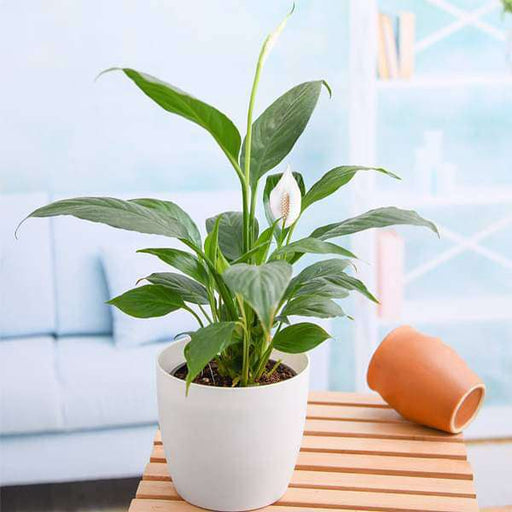
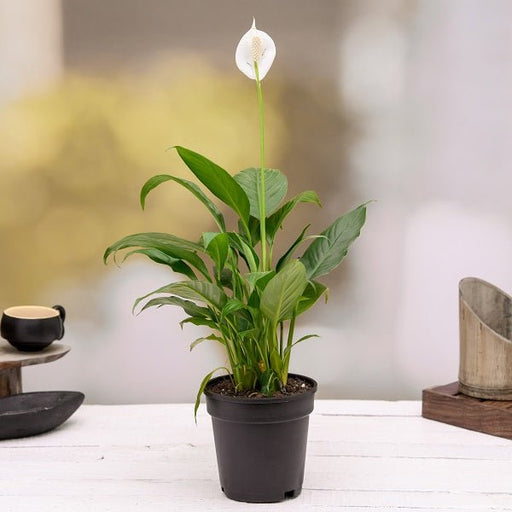 Save up to 15%
Save up to 15%
Peace Lily, Spathiphyllum - Plant The Peace Lily, scientifically known as Spathiphyllum, is a stunning houseplant celebrated for its elegant white...
View full details
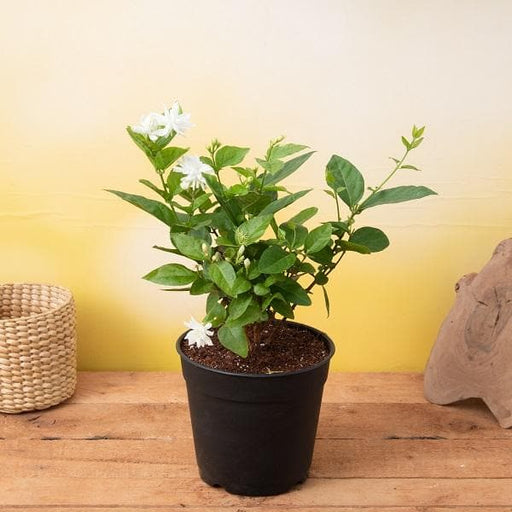 Save 25%
Save 25%
Jasminum sambac, Mogra, Arabian Jasmine - Plant Jasminum sambac, commonly known as Mogra or Arabian Jasmine, is a fragrant flowering plant...
View full details
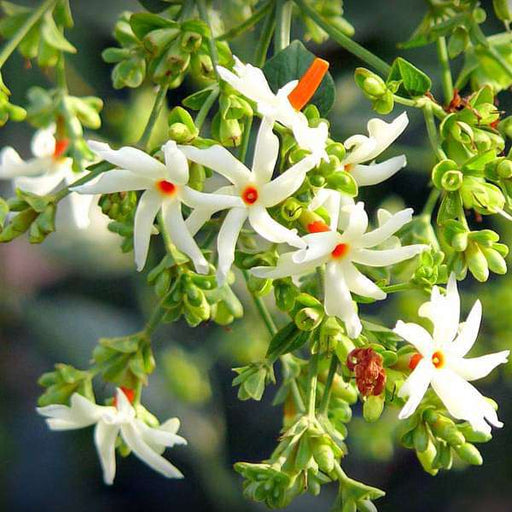 Save 18%
Save 18%
Combo Constituents Includes the Parijat Tree (Night-Flowering Jasmine), a culturally significant plant with fragrant flowers. Description The Pari...
View full details
 Save 25%
Save 25%
Miniature Rose, Button Rose (Any Color) - Plant The Miniature Rose, also known as the Button Rose, is a charming and compact flowering plant that ...
View full details Save 25%
Save 25%
Damascus Rose, Scented Rose (Any Color) - Plant The Damascus Rose, also known as Rosa damascena, is a timeless symbol of beauty and romanc...
View full details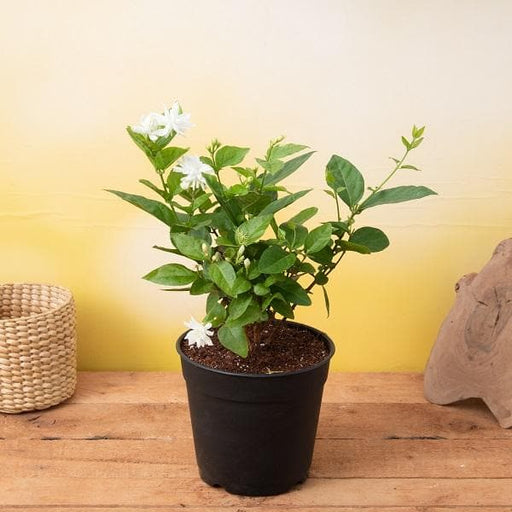
 Save 17%
Save 17%
Beautiful Fragrant Mogra, Arabian Jasmine Plant with Pot The Beautiful Fragrant Mogra, also known as Arabian Jasmine (Jasminum sambac), is...
View full details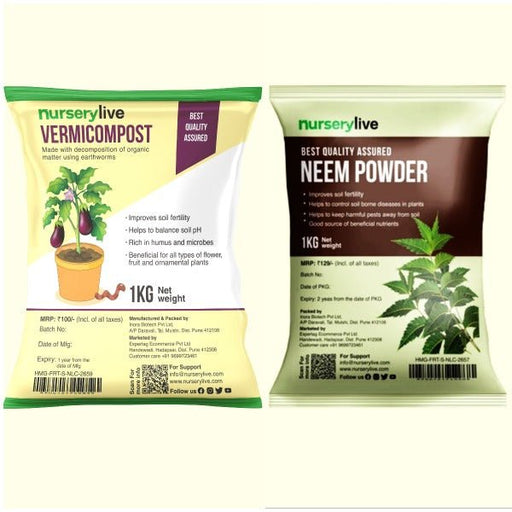 Save 15%
Save 15%
Pack of Vermicompost and Neem Cake for House Plants Transform your indoor garden with our premium Pack of Vermicompost and Neem Cake, spec...
View full details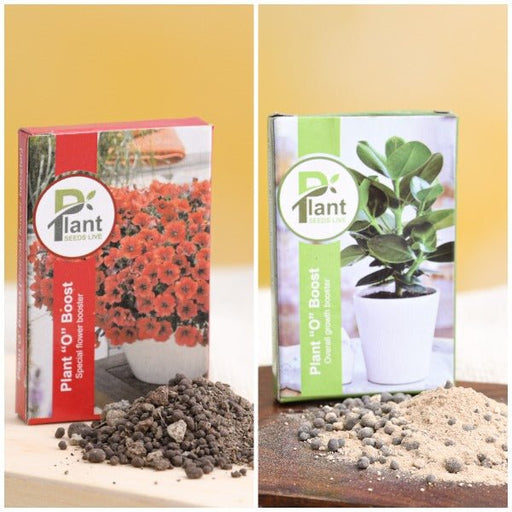
Pack of Plant Growth and Flower Boosters Unlock the full potential of your garden with our Pack of Plant Growth and Flower Boosters! This ...
View full details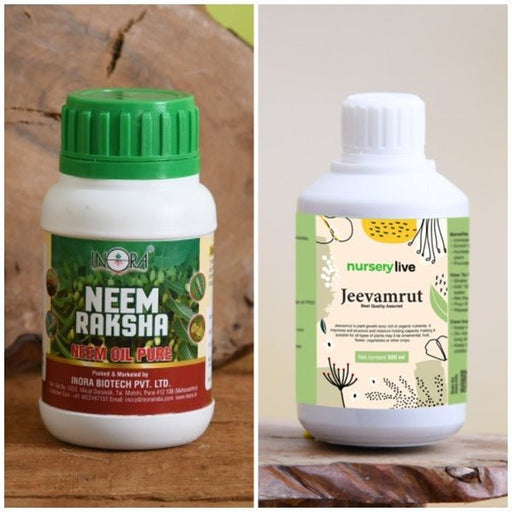 Save 38%
Save 38%
Combo of Jeevamrut and Neem Raksha for Easy Growth and Protection of Houseplants Transform your indoor garden with our exclusive combo of ...
View full details Save 22%
Save 22%
Plant Nutrients Kit (Pack of 16) for a Healthy Garden Transform your garden into a lush paradise with our Plant Nutrients Kit, featuring 1...
View full details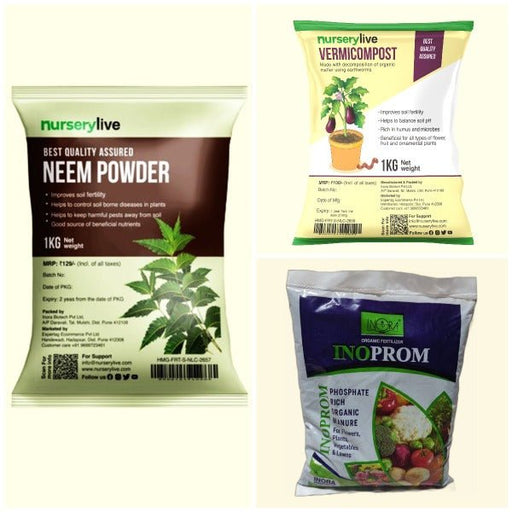 Save 16%
Save 16%
Combo of Top Plant Fertilizers Elevate your gardening game with our exclusive Combo of Top Plant Fertilizers, featuring two bags of premiu...
View full details Save 24%
Save 24%
Pack of 4 Additives to Make Soil Healthy and Nutrient Rich Transform your garden into a thriving ecosystem with our Pack of 4 Additives de...
View full details Save 30%
Save 30%
Transform your gardening experience with our premium Combo of Perlite and Vermiculite. This unique blend is designed to enhance soil aeration and ...
View full details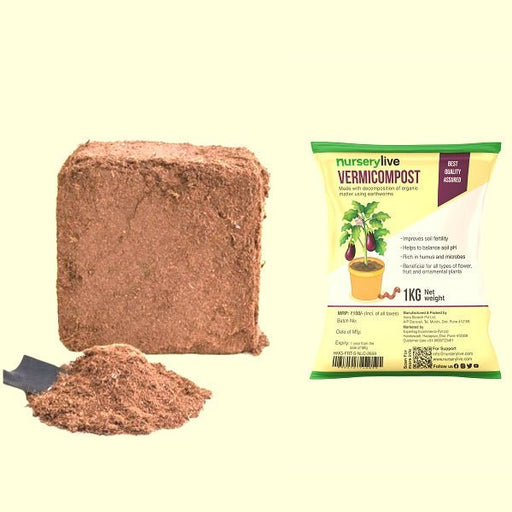 Save 27%
Save 27%
Combo of 2 Vermicompost and Cocopeat - Enrich Your Soil Naturally! Transform your garden into a thriving ecosystem with our Combo of 2 Ver...
View full details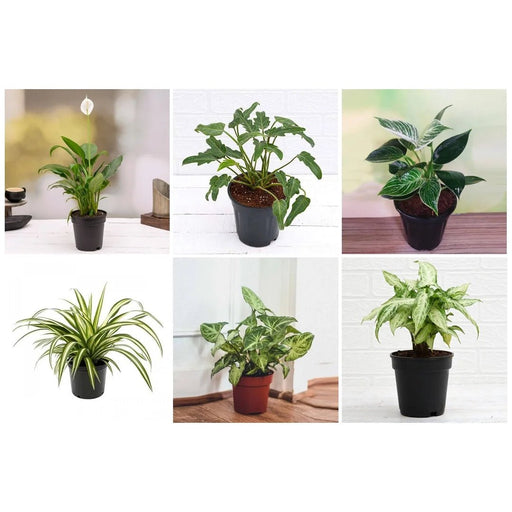
 Save 35%
Save 35%
Best 6 Plants for Perfect Indoor Garden Transform your living space into a lush oasis with our curated collection of the Best 6 Plants for a...
View full details
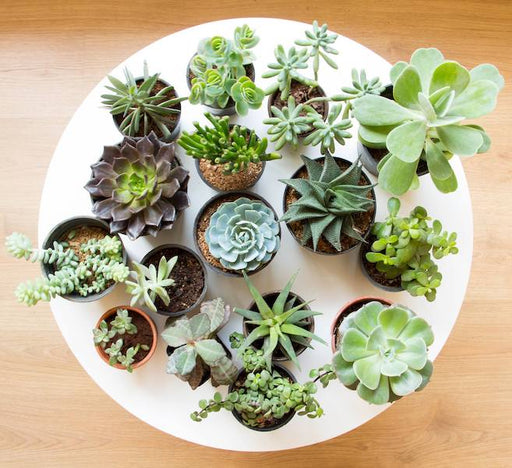 Save up to 50%
Save up to 50%
Mini Succulent Garden Pack Transform your space with our Mini Succulent Garden Pack, featuring a delightful collection of 4 any variety beautiful s...
View full details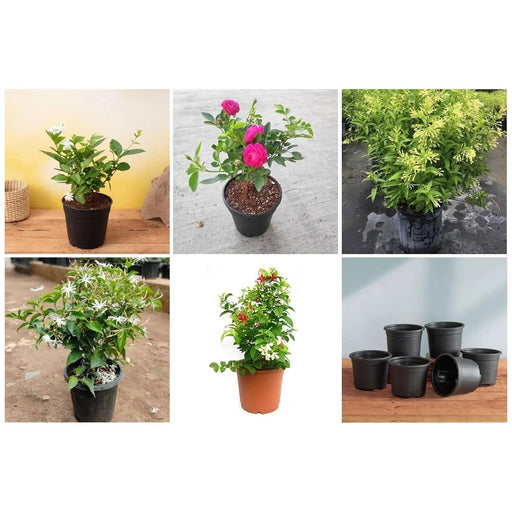
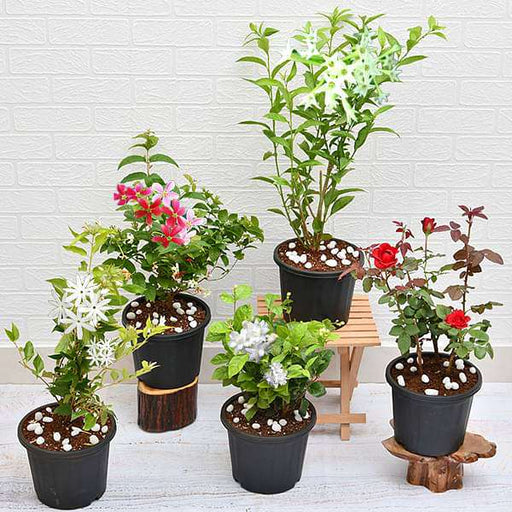 Save 30%
Save 30%
5 Best Fragrant Plants Transform your garden or indoor space into a fragrant paradise with our curated selection of the 5 Best Fragrant Plants. Th...
View full details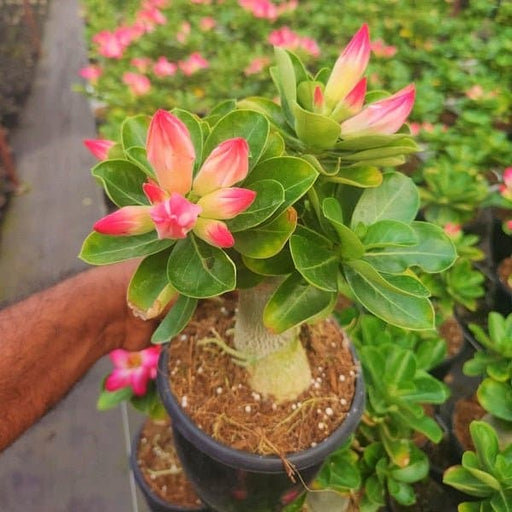
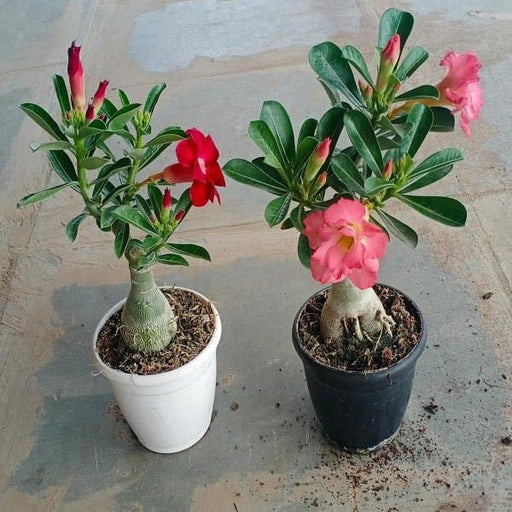 Save 24%
Save 24%
Set of 2 Bonsai Looking Grafted Adeniums Transform your indoor or outdoor space with our exquisite Set of 2 Bonsai Looking Grafted Adenium...
View full details Save 45%
Save 45%
Top 4 Die Hard Succulents Pack Transform your indoor or outdoor space with our Top 4 Die Hard Succulents Pack, featuring a curated selecti...
View full details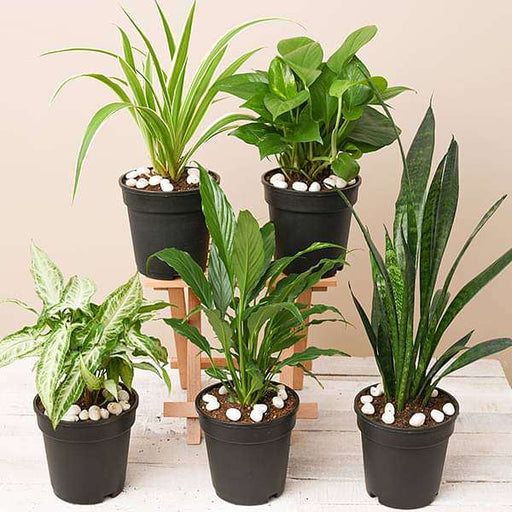
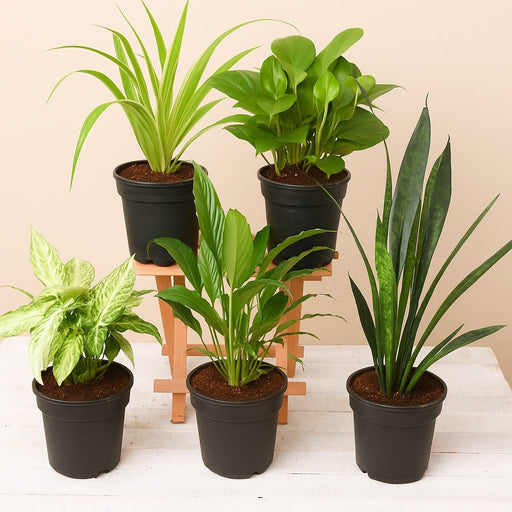 Save 30%
Save 30%
5 Best Indoor Plants Pack Transform your living space into a lush oasis with our '5 Best Indoor Plants Pack.' This carefully curated collection fe...
View full details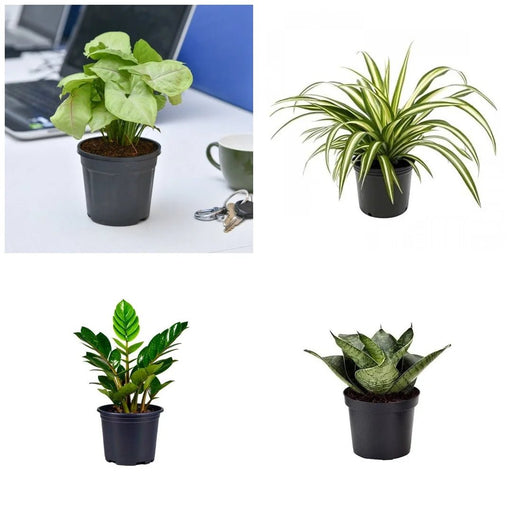
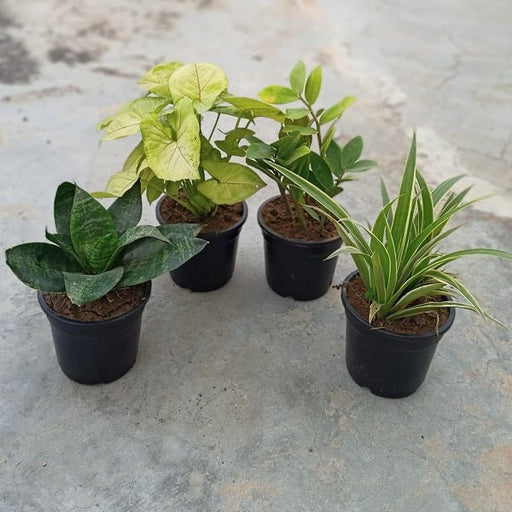 Save 25%
Save 25%
Set of 4 Evergreen Air Purifier Plant Pack Transform your indoor space into a lush, green oasis with our Set of 4 Evergreen Air Purifier Pla...
View full details| SrNo | Item Name |
|---|---|
| 1 | Coccus lacca |
Coccus lacca, commonly known as the lac insect, is a fascinating species native to Southeast Asia. This small, scale-like insect is renowned for its ability to produce lac, a natural resin used in various applications, from traditional crafts to modern industrial uses. The lac harvested from these insects is not only eco-friendly but also biodegradable, making it a sustainable choice for various industries.
What makes Coccus lacca special is its unique life cycle and the high-quality resin it produces. The lac is secreted by the female insects as they feed on the sap of specific host trees, primarily the kusum tree. This resin has been used for centuries in art, cosmetics, and food, showcasing its versatility and cultural significance.
One of the standout features of Coccus lacca is its role in traditional lacquerware. The resin is used to create beautiful, durable finishes on wood and other materials, making it a sought-after product in artisan crafts. Additionally, the lac insect contributes to the local economy by providing livelihoods for many communities involved in its harvesting and processing.
Coccus lacca plays a crucial role in maintaining ecological balance. By feeding on the sap of trees, they help in the growth and health of these plants. The sustainable harvesting of lac promotes forest conservation and supports biodiversity, making it an environmentally friendly choice for various industries.
If you think the Coccus lacca tree is just a pretty face, think again! This little wonder is a powerhouse of benefits. From producing shellac, a natural resin used in everything from wood finishes to food coatings, to being a source of dyes that can make your wardrobe pop, it’s the multitasker of the plant world. Plus, it’s eco-friendly! Who knew a tree could be so versatile?
Cultivating the Coccus lacca tree is like hosting a party for nature. It thrives in warm climates and loves a good drink of water, but don’t drown it! With the right care, you’ll have a tree that not only looks good but also produces those fabulous lac insects. Just remember, patience is key; good things come to those who wait, especially when it comes to tree growth.
The uses of Coccus lacca are as diverse as a Swiss Army knife! From traditional crafts to modern applications, this tree’s resin is a favorite among artisans and manufacturers alike. Whether you’re looking to create a stunning piece of jewelry or a durable finish for your furniture, Coccus lacca has got your back. It’s the unsung hero of the crafting world, quietly making everything better.
The Coccus lacca tree is a bit of a diva when it comes to its habitat. Preferring tropical and subtropical climates, it thrives in well-drained soils and loves a sunny spot. Think of it as the sunbather of the plant kingdom, soaking up rays and producing those delightful lac insects. If you’re planning to grow one, make sure it’s in a location that meets its high standards!
The life cycle of Coccus lacca is a fascinating journey, akin to a coming-of-age movie. Starting as a tiny egg, it hatches into a nymph and eventually transforms into a full-grown lac insect. This metamorphosis is not just for show; it’s all about producing that precious resin. So, next time you see a Coccus lacca tree, remember the epic tale of growth and transformation happening right before your eyes.
The economic importance of Coccus lacca is no joke! This tree is a goldmine for industries ranging from cosmetics to food. Its resin is a key ingredient in many products, making it a valuable asset for businesses. So, while you might see a humble tree, behind the scenes, it’s raking in the bucks and supporting livelihoods. Talk about a tree with a side hustle!
Who knew Coccus lacca could double as a pest control agent? The tree’s natural properties can help deter certain pests, making it a friend to gardeners everywhere. By attracting beneficial insects and providing a habitat for them, it creates a balanced ecosystem. So, if you’re looking for a natural way to keep those pesky bugs at bay, this tree might just be your new best friend.
Coccus lacca is the poster child for sustainability! With its ability to produce natural resin without harming the tree, it’s a win-win for both nature and humans. This eco-friendly approach to harvesting makes it a favorite among those who care about the planet. So, if you’re looking to go green, consider adding a Coccus lacca tree to your garden; it’s a step towards a more sustainable future.
In the world of traditional medicine, Coccus lacca is like that wise old sage with all the answers. Used in various cultures for its healing properties, it’s believed to have benefits ranging from anti-inflammatory effects to aiding digestion. While it may not replace your doctor, it certainly has a place in the herbal medicine cabinet. Just remember to consult a professional before diving into the world of natural remedies!
Coccus lacca has a flair for the dramatic, especially in the art world! Its resin is a favorite among artists for creating stunning finishes and vibrant colors. Whether it’s used in painting, sculpture, or crafts, this tree adds a touch of magic to any artistic endeavor. So, if you’re an artist looking for inspiration, look no further than the Coccus lacca tree; it’s a muse in its own right.
The Coccus lacca tree plays a vital role in promoting biodiversity. By providing habitat for various insects and supporting the ecosystem, it’s a key player in maintaining ecological balance. So, while it may seem like just another tree, it’s actually a cornerstone of its environment. Next time you see one, give it a nod of appreciation for all the hard work it does behind the scenes!
Coccus lacca is a tiny insect, also known as the lac bug, that produces a resin called lac. This resin is harvested to create shellac, a natural finish for wood and a food glaze. Think of it as nature's own little artist, crafting a shiny masterpiece from tree sap!
Harvesting Coccus lacca is like a bug version of a gold rush! Farmers scrape the resin from tree branches where these little critters reside. It’s a sticky job, but someone’s got to do it. The resin is then processed into shellac, making it a sweet deal for both bugs and humans!
Coccus lacca is a multitasker! Its resin is used in woodworking, cosmetics, and even food products as a glaze. It’s like the Swiss Army knife of the insect world, providing a natural finish that’s both beautiful and functional. Who knew bugs could be so handy
Absolutely! Coccus lacca’s resin, known as shellac, is FDA-approved for food use. It’s often found on candies and fruits, giving them a shiny, appealing look. So, next time you bite into a glossy treat, remember: it’s not just eye candy; it’s bug-approved!
Coccus lacca loves to hang out in tropical and subtropical regions, particularly in Southeast Asia. They thrive on specific trees, like the kusum and palas. Think of them as the social butterflies of the insect world, choosing the best spots to set up their resin-producing parties!
Shellac is made from the resin secreted by Coccus lacca. After harvesting, the resin is processed, filtered, and sometimes dyed to create the final product. It’s like turning bug juice into liquid gold! This natural finish is prized for its beauty and versatility in various applications.
Yes, Coccus lacca can be farmed! In fact, it’s a sustainable practice that supports local economies. Farmers cultivate specific trees to attract these little resin producers, creating a win-win situation. It’s like having a pet that pays rent in shiny resin!
Thankfully, Coccus lacca is not endangered. Its farming practices are well-established, ensuring a steady supply of resin. However, like all good things, it’s essential to manage their habitats wisely. After all, we wouldn’t want to lose our little resin-producing friends!
Coccus lacca farming can be eco-friendly when done sustainably. It promotes tree health and biodiversity while providing income for local communities. However, overharvesting can lead to issues, so it’s crucial to balance bug love with tree care. Let’s keep the ecosystem buzzing!
Coccus lacca offers a natural alternative to synthetic finishes, boasting a unique charm and eco-friendliness. While synthetic options may be cheaper, they lack the warmth and character of shellac. It’s like choosing a handcrafted gift over mass-produced items—one just feels more special!
Absolutely! Coccus lacca, in its shellac form, is perfect for DIY enthusiasts. It’s easy to apply and dries quickly, giving your projects a beautiful finish. Just remember to follow safety guidelines and enjoy the satisfaction of using a natural product crafted by tiny artisans!
You can find Coccus lacca products at craft stores, woodworking suppliers, and online retailers. Just look for shellac in various forms, like flakes or liquid. It’s like shopping for treasure—just remember to check the label for quality and authenticity! Happy crafting!